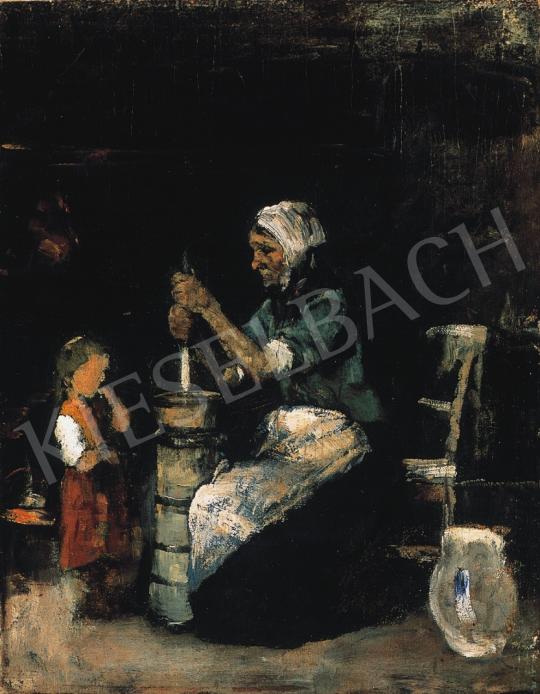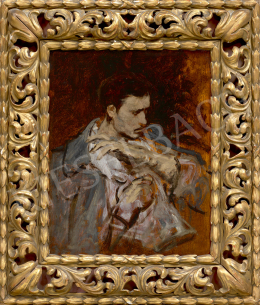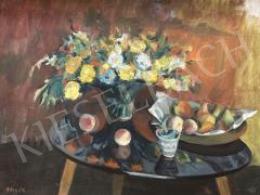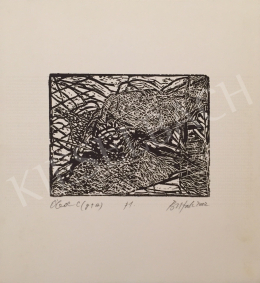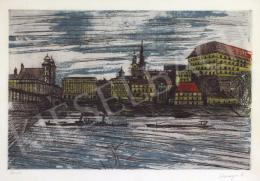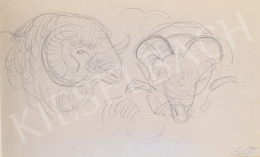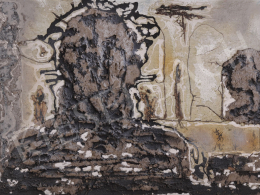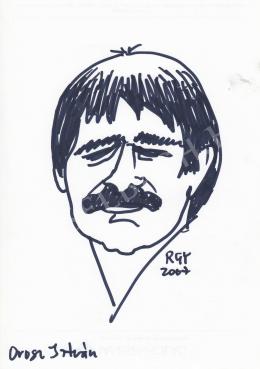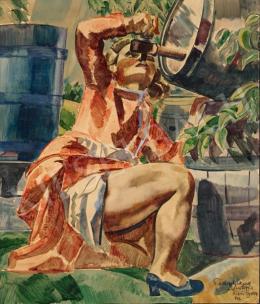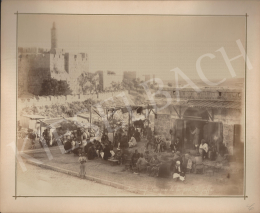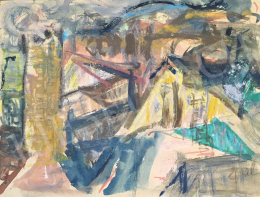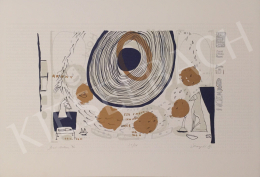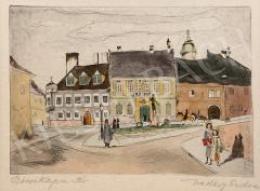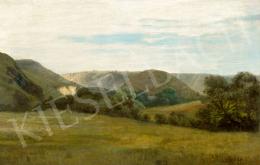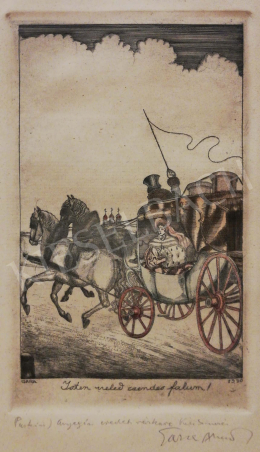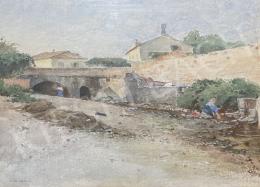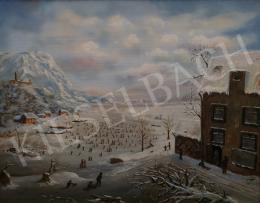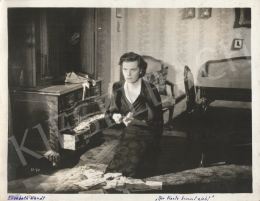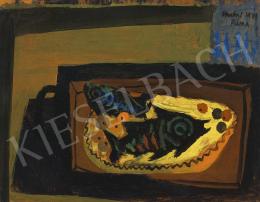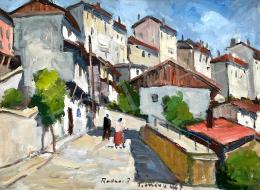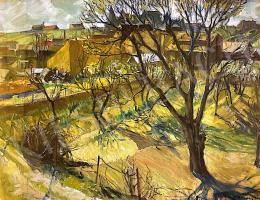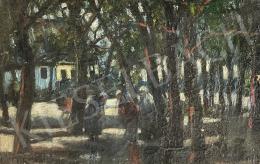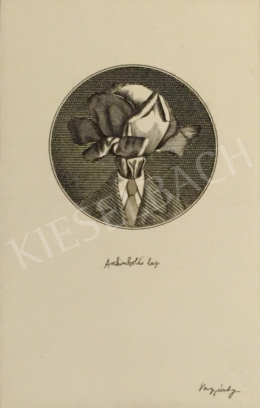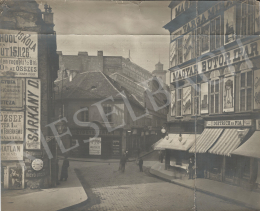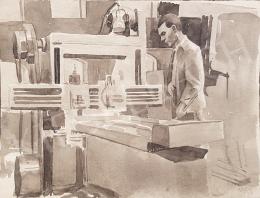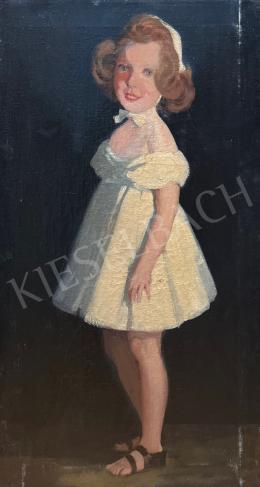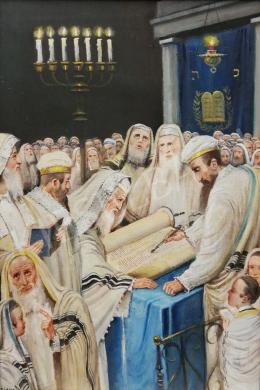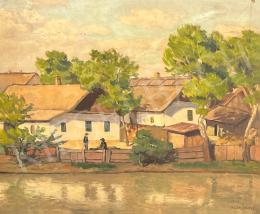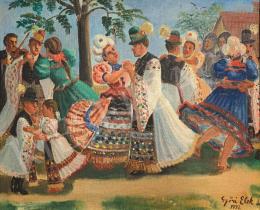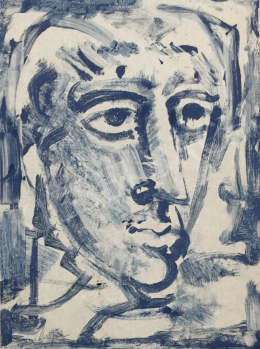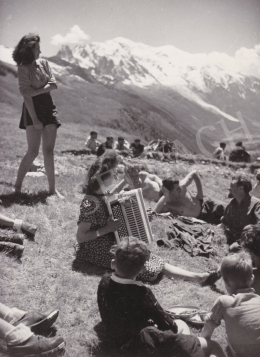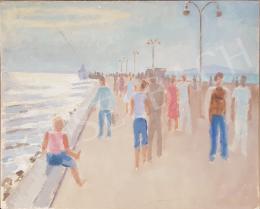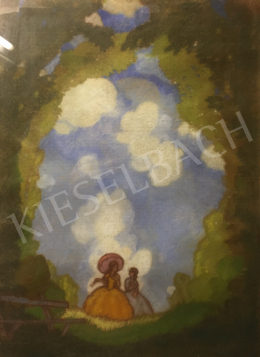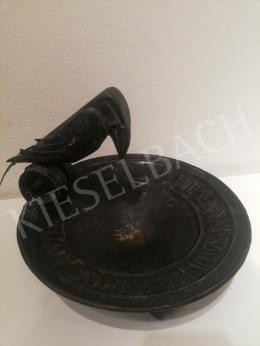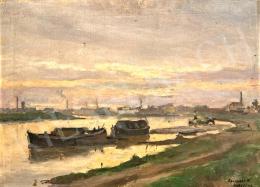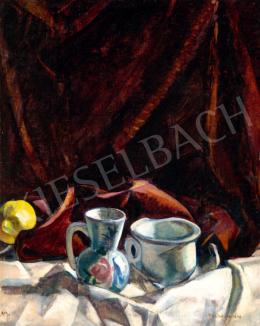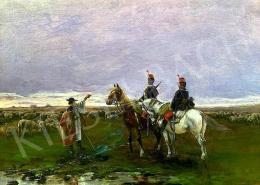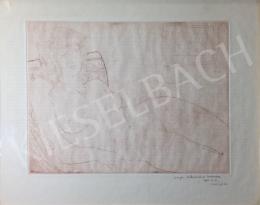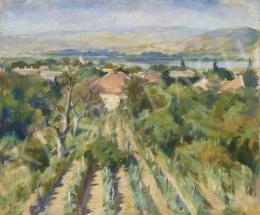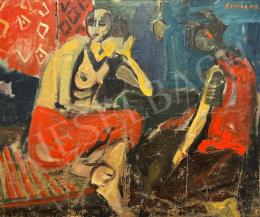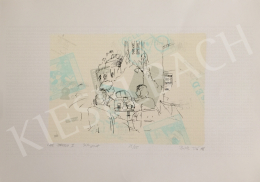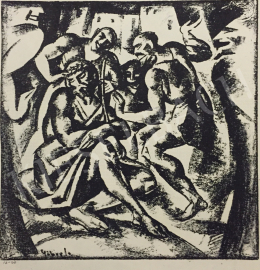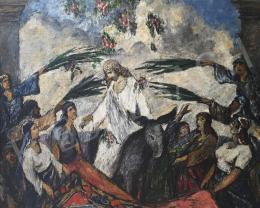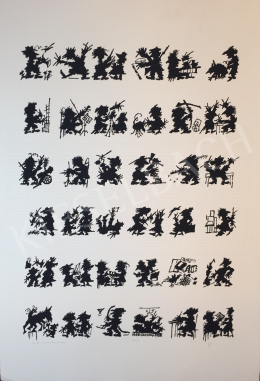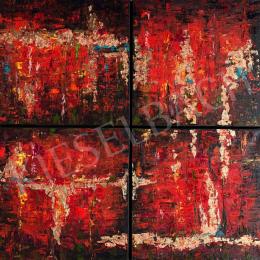Provenance: It used to belong to the collection of Mrs.Mihály Munkácsy, Marcell Nemes, Zoltán Mauthner and István Balogh.
Exhibited: Ernst Museum. 16th Exhibition. Mihály Munkácsy Jubilee Exhibition. 1914.
Ernst Museum. Mihály Munkácsy Memory Exhibition. 1925.
Ernst Museum Auctions. XLIV. 1930.
Műcsarnok (Hungarian Art Gallery). Mihály Munkácsy Memory Exhibition. 1952.
Reproduced:
Művészet, 1914. 146. p.
Művészeti Szalon, 1929. 11-12. 3. p.
Auctions of the Ernst Museum. XLIV. 1930. Cat.XV.
Lajos Végvári: Munkácsy Mihály élete és művei. Budapest, 1958. LIII. board, pict. 150.
Virág van der Sterren: Munkácsy Mihály Köpülő asszony című képe és a holland életképfestészet hagyománya. In.: Művészettörténeti Értesítő, 1990. 1-2. 92. p.
The Churning Woman has always been one of the most famous Hungarian paintings. The painter, Mihály Munkácsy is one of the most interesting figures of the painting of the country. His art divided the audience for decades, though even his strictest critics did not argue against the importance of his pictures made in the 1870s. He was a cult figure already during his life-time and it was a dream of the younger colleagues also go to Paris and to be his apprentice. Many of the considerable Hungarian painters were inspired by his novelistic, legendary life and by his pictures made popular on reproductions. He commanded respect even among the greatest dealers of his time; Marcell Nemes and Mór Herczog, whose collections contained pictures by Goya, Degas, Manet and Cezanne (works that can be found in the Museum of Fine Arts today) competed for his pictures.
The Churning Woman was made around 1872-73, the time when Munkácsy settled down in Paris after his first wild success. By this time he had already studied at the Art Academy in Munich and Vienna and had met Wilhelm Leibl, the great German painter. He also studied the representatives of the French realist school, among whom August Courbet was the most important figure for him. In 1869 Munkácsy's Condemned Cell was exhibited in Düsseldorf. The picture was a great success and was bought by an American dealer. His friends urged the painter to send his picture to the Paris Salon where it won a gold medal. The famous dealer, Goupil went to Düsseldorf, bought all the pictures he could find in Munkácsy's atelier and persuaded the painter to go to Paris. Munkácsy was very successful in those years; American and English dealers were keen on his pictures, his financial status was consolidated. However, it was not easy for him to get used to success and his new environment. He was anguished by doubts and fears of decay and in 1872 he attempted suicide though some months later he gained back his energy and began to work again.
In the summer of 1868, while spending some months in Hungary, Munkácsy made a lot of drawings and sketches on peasants' lives. They foreshadowed to many later pictures made in the 1870s. These paintings - e.g. Saying Goodbye, Drunkard Husband, Woman Carrying Loopings - can be compared to the symbolic art of 17th century Dutch painting, first and foremost to Rembrandt's pictures. Though Munkácsy often made copies of these pictures in the 1860s, and he also visited Rembrandt's pictures with his friend, Lászl? Paál,(who was another famous figure of Hungarian painting), he must have been inspired by the fashion of the later peasant genres. Millet's Churning Woman might also have influenced Munkácsy; the two painters met in 1873. Not only their themes, but also their motives of expression contained similarities.
Munkácsy's symbolic, emblematic way of representation made him akin to that of Courbet, Millet and Daumier. His monumental sense of reality was similar to that of the then contemporary French realist school.
The analogy to the great German painter, Wilhelm Leibl is also worth mentioning. The model of Leibl's Old French Lady and Munkácsy's Churning Woman must have been the same person. They became friends during Munkácsy' s first stay in Paris; Leibl was the person to whom he wrote most of his letters.
In the picture under discussion one can recognize all the elements that made Munkácsy one of the greatest figures of the painting of his time: representation in stains that, so to say, 'summarizes' the forms, the handling of colors based on the contrast of light and dark, their expression of dramatic intensity and a composition stripped down to the extremity. However, the value of Munkácsy's pictures is not to be found only in the quality of painting: their pictures have always been relics carrying the myth of the genius coming from poverty.
Molnos, Péter






